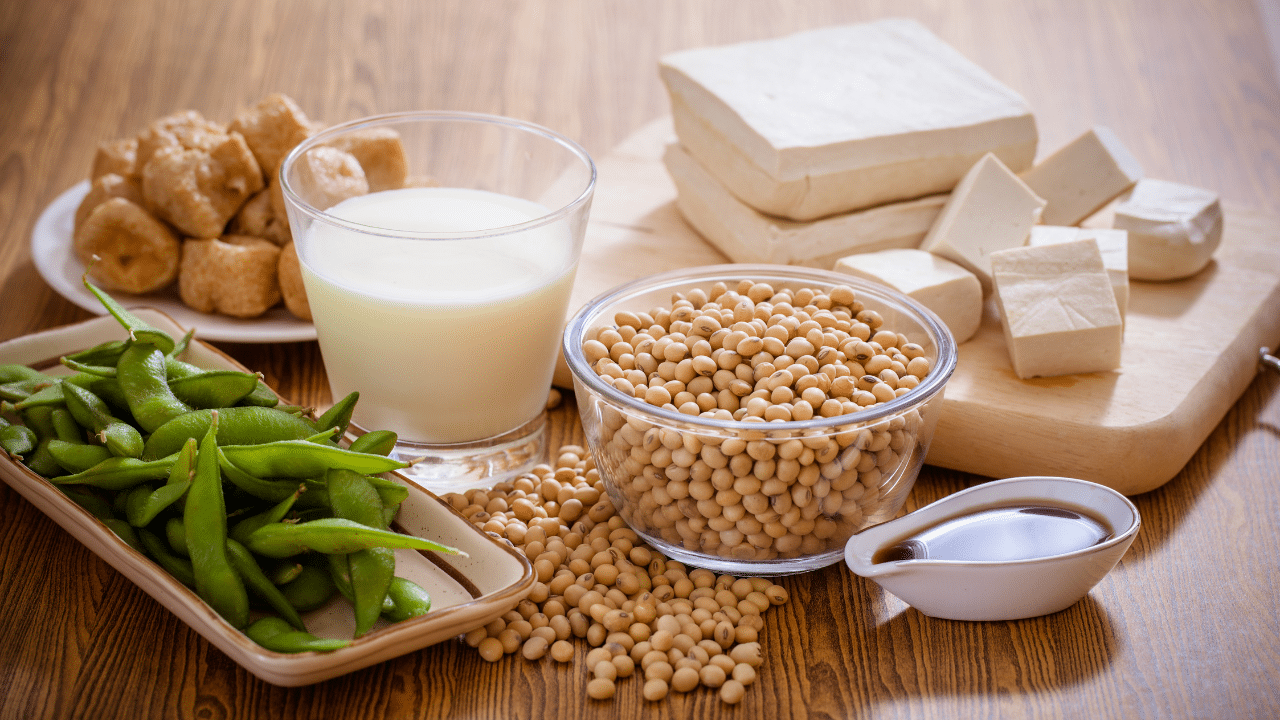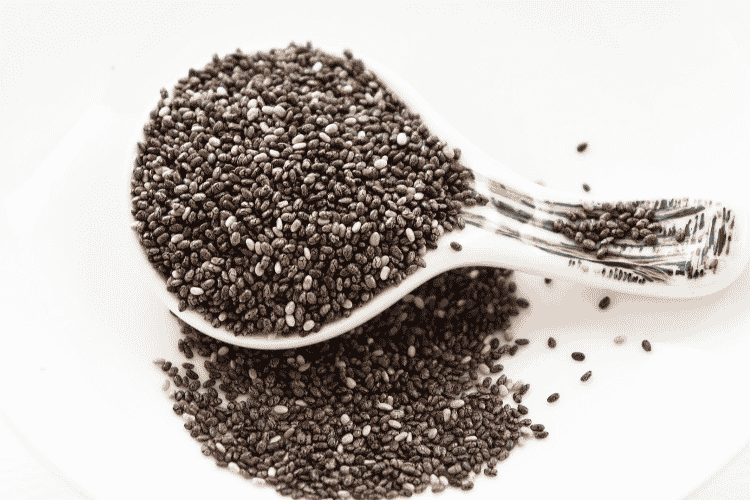
Top 10 Anti-Aging Superfoods Your Skin Needs
by LAUREN KESSLER
True, food isn’t everything, but much of the hope (and hype) surrounding the anti-aging movement is focused on food and in particular on what are being called “superfoods.” This is not a scientific term. It is not a term used by dietitians or nutritional scientists.
A superfood is a food particularly rich in vitamins, minerals, antioxidants, amino acids, enzymes, and other essential nutrients with proven health benefits. It has more of the good stuff per calorie than other foods and fewer (or none) of the properties considered to be negative.
And when it comes to your skin, these are the top 10 foods you should always eat:
Table of Contents
Broccoli
Broccoli—the “eat it, it’s good for you” food that George Bush (the elder) proclaimed his distaste for—is one of the most nutrient-dense foods on earth. It has protein; bone-building calcium; fiber; vitamins A, C, and K; a phytoestrogen showed to benefit cognitive skills; and a chemical that, at least in animal studies, reversed age-related damage to body tissues and organs. Done.
Blueberries
Blueberries are one of the USDA’s top ORAC foods. That stands for “oxygen radical absorbance capacity,” which means these foods are antioxidant powerhouses that, as the USDA says, “attack aging at its roots” and can “help slow down the effects of aging in humans” by protecting the body against cellular damage. (Remember the pollution caused by those cellular engines, mitochondria?) Or that’s what the USDA used to say.
Recently, the agency has recanted, removing the ORAC list from its Web site because “metabolic pathways are not completely understood and non-antioxidant mechanisms [are] still undefined.”
In other words: More research is needed. But studies at Tufts support the “powerhouse food” approach, finding that several compounds in blueberries help to mitigate inflammation. (Inflammation has been linked to just about every disease of aging.)
Salmon
It’s one of the richest sources of omega-3 fatty acids, which help to lower cholesterol, prevent blood platelets from sticking to artery walls, decrease inflammation, decrease the risk of strokes, and prevent heart attacks. Salmon has lots of protein, is a good source of iron, and is low in mercury—a concern for fish lovers. In 2009, Madonna went on a well-publicized salmon binge to “knock 12 years off her appearance,” as the Boston Globe reported. Hard to separate the effects of salmon, a 24-7 personal trainer, and possible skilled plastic surgery, but the woman looks amazing.
Almonds
Almonds (walnuts too, and pistachios) are proven reducers of bad cholesterol. Like broccoli, they are rich in a type of antioxidant thought to be instrumental in battling free radical damage. They’re high in fiber, in phytochemicals that may protect against cancer, and in arginine, a precursor to human growth hormone. They are also high in calories, so limit the amount you consume.
Spinach
Spinach won’t make your biceps bulge like Popeye’s, but it’s an extraordinary source of immune-boosting, cancer-fighting compounds with a high (albeit recently rescinded) ORAC score.
Beans
Beans also make the short list because they are very high in soluble fiber, which has been linked to lower risks of heart disease, diabetes, and certain cancers; reduced cholesterol and blood glucose levels; lower blood pressure; and less inflammation.
Sweet potatoes
Sweet potatoes, with their prodigious vitamin A content (good for the skin and eyes), their host of powerful antioxidants, and their potassium, which helps blunt the effects of sodium on blood pressure and bone loss, are nutritional powerhouses. If you grew up thinking sweet potatoes appeared on the dinner table only once a year, topped with brown sugar and mini marshmallows, that’s no way to treat a top 10 superfood.






